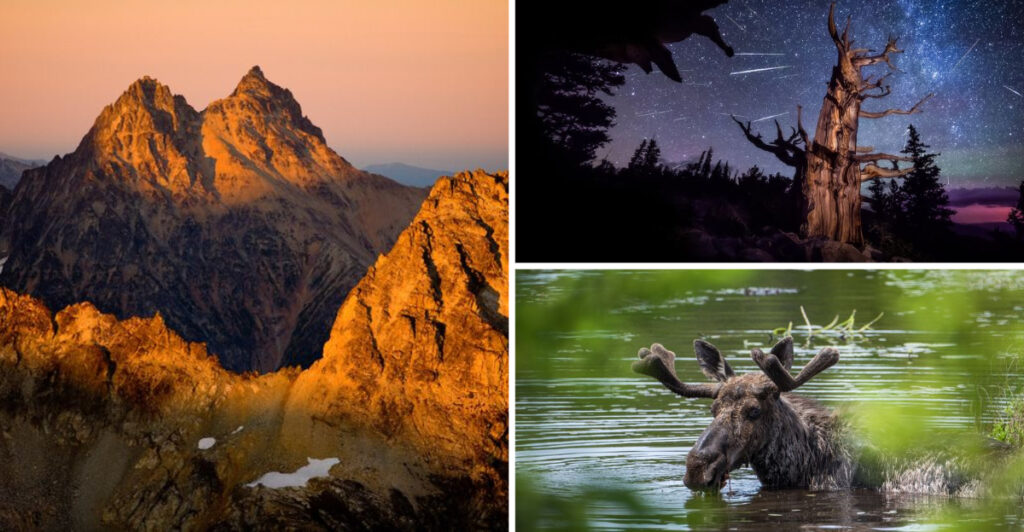In a surprising turn of events, while many national parks are experiencing record-breaking visitor numbers, a select few remain blissfully uncrowded. This blog post explores ten of these serene parks, each offering unique experiences for those seeking solitude amidst nature. These parks provide a stark contrast to the bustling and often congested popular destinations, offering a refuge for tranquility seekers and nature lovers alike.
1. North Cascades National Park
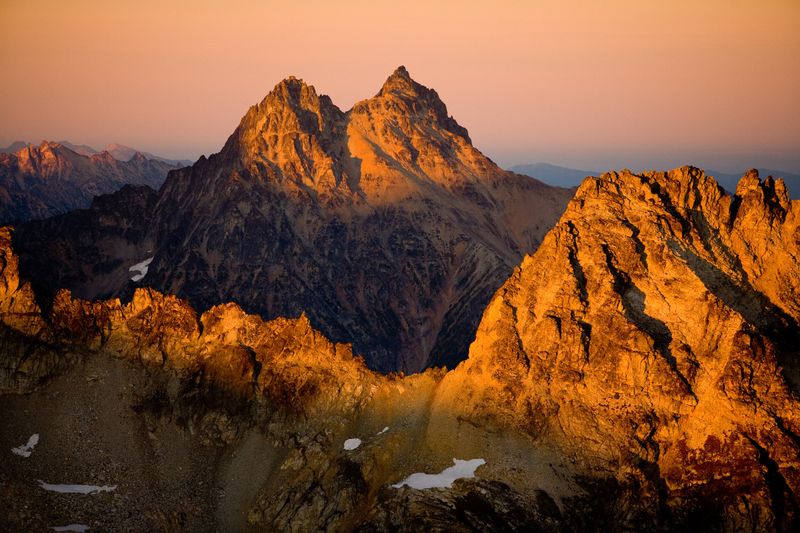
Tucked away in Washington State, North Cascades National Park remains a pristine sanctuary, away from the crowds. Known for its rugged mountains and over 300 glaciers, this park offers breathtaking vistas. Visitors can explore over 400 miles of hiking trails without the bustling crowds found elsewhere.
The park is home to diverse wildlife, including black bears, mountain goats, and over 200 bird species. This biodiversity enriches the visitor experience. Rarely crowded, North Cascades allows for personal reflection amidst nature’s grandeur. Its remote location and challenging access help maintain its status as an uncrowded gem.
2. Great Basin National Park
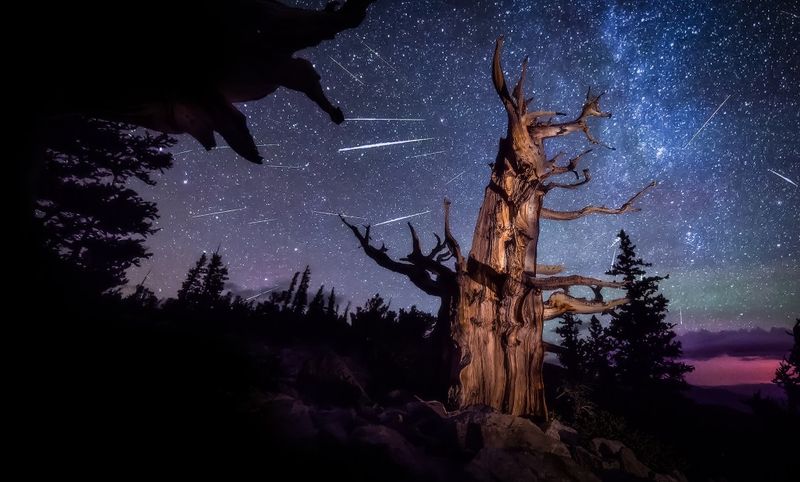
Great Basin National Park in Nevada offers a stark beauty that draws quiet admirers. Known for its ancient bristlecone pines, some of the oldest living trees, the park provides a window into the past. Visitors can explore Lehman Caves, a subterranean wonder of stalactites and stalagmites.
The park’s isolation is a key to its tranquility, allowing unobstructed stargazing opportunities. The vast desert landscape, combined with alpine views, offers a unique duality. Despite its splendor, it remains one of the least visited parks, perfect for those seeking solitude and natural beauty away from tourist trails.
3. Isle Royale National Park
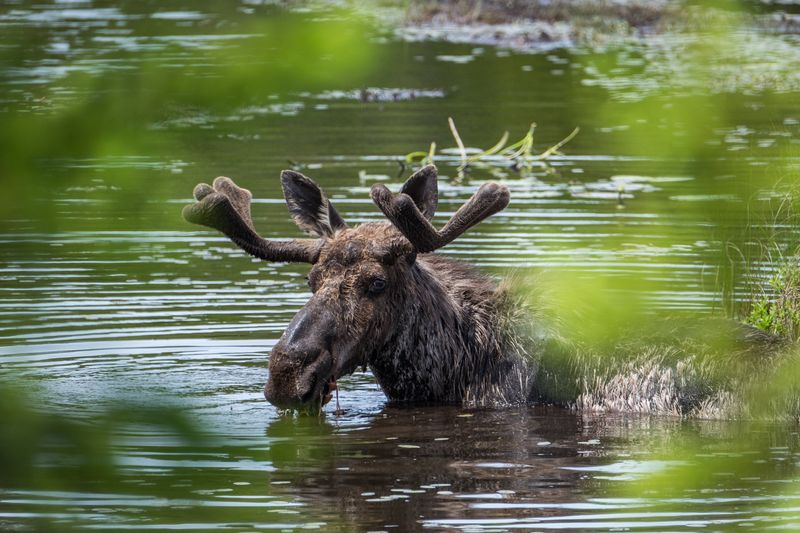
Isle Royale National Park, located in Lake Superior, is a haven for solitude seekers. This remote island park is accessible only by boat or seaplane, adding to its uncrowded allure. The park is a paradise for hikers and kayakers, with miles of trails and waterways to explore.
Moose and wolves inhabit the island, offering wildlife enthusiasts unique viewing opportunities. The pristine environment is a testament to untouched wilderness. Visitors often find themselves immersed in quiet contemplation as they traverse this secluded landscape. Its geographic isolation ensures that only the most dedicated adventurers reach its shores.
4. Kobuk Valley National Park

Situated in Alaska, Kobuk Valley National Park is renowned for its sand dunes, an anomaly in such a northern climate. The park’s remoteness ensures it remains one of the least visited, a true escape. It hosts the annual migration of 500,000 caribou, a remarkable natural event.
The vastness of its wilderness, with no roads leading in, makes Kobuk Valley a destination for the truly adventurous. Visitors can experience the serenity of the Arctic Circle, with the Kobuk River providing a natural pathway. Its isolation is a draw for those wishing to experience untouched wilderness free from modern distractions.
5. Congaree National Park
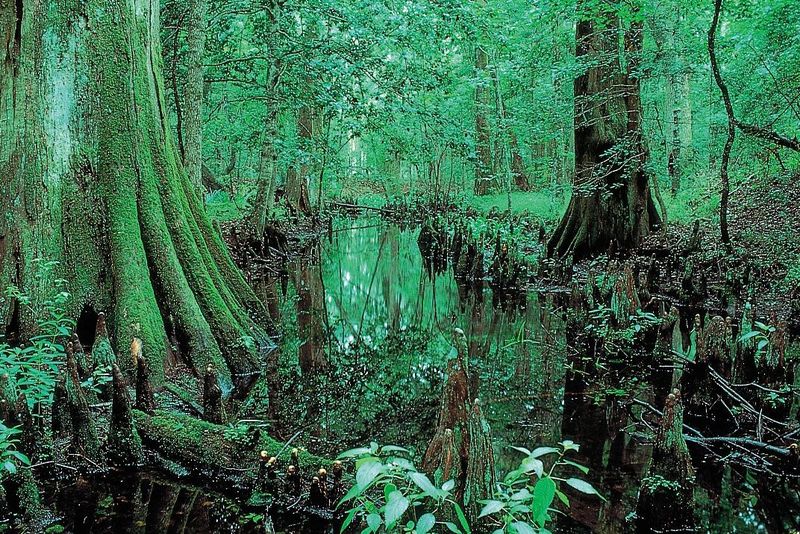
Congaree National Park in South Carolina is a hidden gem of biodiversity. Its floodplain forest, one of the highest canopies in the world, shelters a plethora of wildlife. Visitors can paddle along the Congaree River, surrounded by ancient trees and lush vegetation.
Despite its accessibility, Congaree remains uncrowded, offering a peaceful retreat. The park’s rich biodiversity includes bobcats, deer, and numerous bird species. This tranquility is perfect for birdwatchers and nature lovers. Its serenity and ecological significance make it a special place for those seeking a deeper connection with nature, away from bustling tourist spots.
6. Black Canyon of the Gunnison National Park

Black Canyon of the Gunnison in Colorado is a marvel of geological history. The canyon’s sheer cliffs, carved by the Gunnison River, offer a dramatic landscape that captivates visitors. Despite its awe-inspiring views, it remains one of the less frequented parks.
Hiking trails along the rim provide breathtaking perspectives of the canyon’s depth and beauty. The park’s isolation ensures a quiet visit, perfect for those seeking solitude. The dark night skies offer stargazing opportunities rarely found elsewhere. Its unique geology and relative tranquility make it a perfect destination for those looking to escape the crowds.
7. Guadalupe Mountains National Park
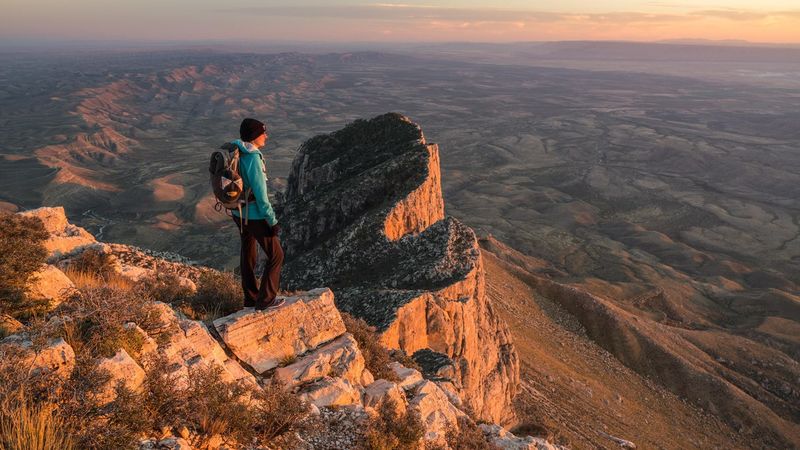
Guadalupe Mountains National Park in Texas offers rugged beauty and striking landscapes. Known for its fossilized reef mountains, it provides a glimpse into ancient marine history. The park offers challenging hikes, including the highest peak in Texas, Guadalupe Peak.
Despite its natural beauty, the park remains a quiet retreat. The clear skies offer brilliant star displays, enhancing the visitor experience. Its diverse ecosystems, from desert to forest, support a range of wildlife. This hidden gem is ideal for those seeking adventure and solitude. Its varied landscapes and serene environment attract those looking for an off-the-beaten-path experience.
8. Voyageurs National Park
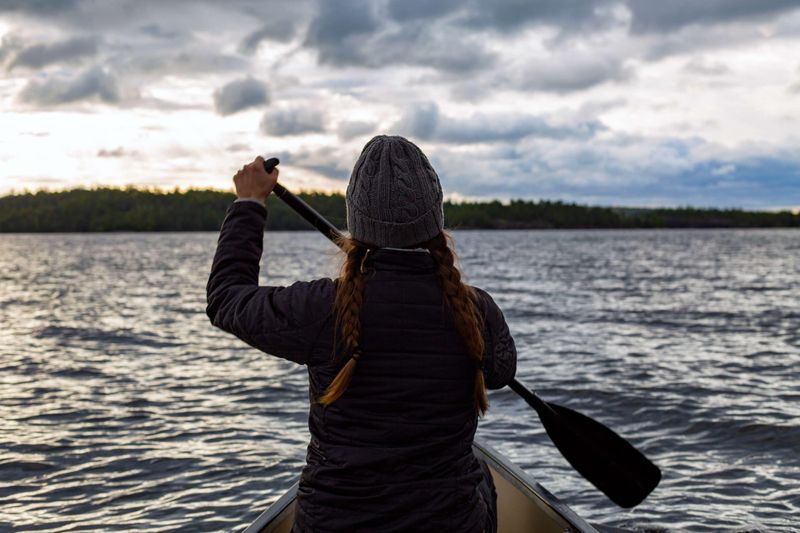
Voyageurs National Park in Minnesota is a water-based wonderland. Its interconnected waterways offer unique exploration opportunities by canoe or kayak. The park’s remote location ensures an intimate experience with nature, away from crowded trails.
The park’s rich history includes early French-Canadian fur traders, known as voyageurs, hence its name. Wildlife thrives here, with opportunities to see otters, loons, and even bald eagles. Visitors can enjoy serene boating excursions amidst beautiful landscapes. Its peaceful waters and historical significance provide a unique escape, appealing to those seeking a blend of adventure and tranquility.
9. Wrangell-St. Elias National Park

Wrangell-St. Elias in Alaska is America’s largest national park, a vast expanse of glaciers and mountains. Despite its size, the park remains largely unexplored by tourists, offering a pristine wilderness experience. Its rugged landscapes are home to a variety of wildlife, from grizzly bears to Dall sheep.
The park’s remoteness is both a challenge and a charm, drawing those who seek true adventure. Its vastness allows for unparalleled solitude and reflection. Visitors can explore the historic mining sites scattered throughout the park. Its untouched beauty and sheer scale make it a destination for those yearning to escape civilization.
10. Katmai National Park
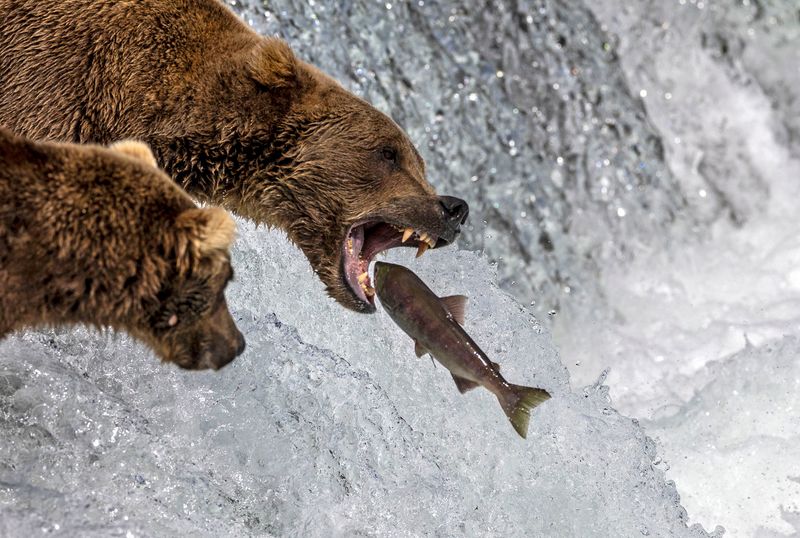
Katmai National Park in Alaska is famous for its brown bears, particularly those fishing for salmon at Brooks Falls. This extraordinary wildlife spectacle attracts those seeking unique experiences. Despite its fame, the park remains uncrowded, offering serene surroundings for wildlife observation.
The park’s volcanic landscapes and abundant marine life offer diverse exploration opportunities. Visitors can witness the power of nature in the Valley of Ten Thousand Smokes, the site of a massive volcanic eruption. Its remoteness ensures a peaceful visit, ideal for those looking to connect deeply with nature. Katmai provides a balance of adventure and tranquility.
11. Dry Tortugas National Park
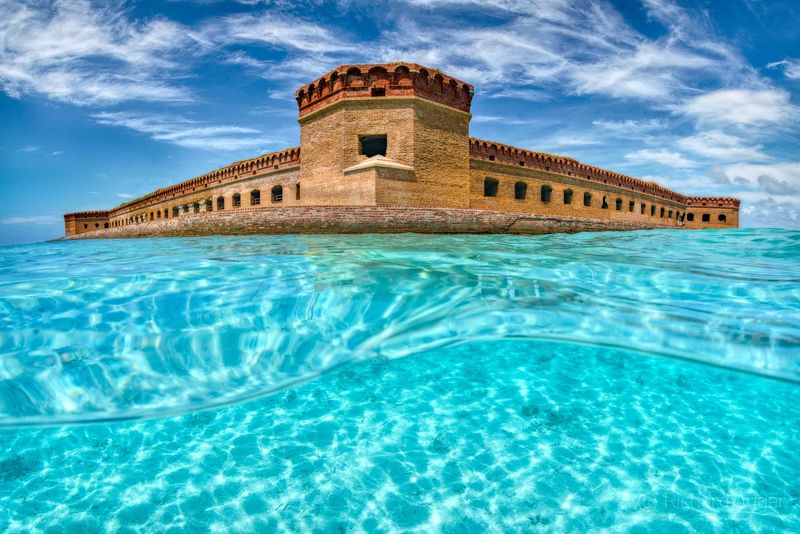
Beneath the endless cerulean skies of Florida lies Dry Tortugas National Park, a sanctuary where time stands still. Encompassing seven islands, this park is a haven for history buffs and nature lovers alike. Imagine snorkeling in crystal-clear waters and discovering vibrant coral reefs.
Ever wondered what it’s like to wander through a 19th-century fort? Fort Jefferson, residing in this park, grants that historical adventure. The fort’s massive brick walls echo tales of the past. With limited accessibility, visitors often feel as though they’ve stepped into a secluded world.
Did you know? It’s one of the least visited parks due to its remote location!
12. Gates of the Arctic National Park
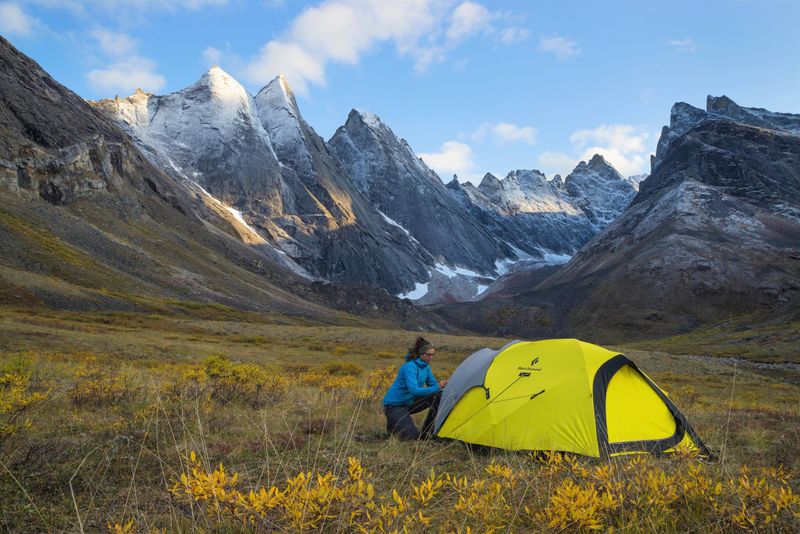
In the heart of Alaska, Gates of the Arctic stands as a testament to untouched wilderness. Home to dramatic peaks and expansive valleys, this park offers raw beauty. It embraces those seeking solitude and a true connection with nature.
Without designated trails, adventurers carve their paths, exploring the park’s pristine expanses. Wildlife encounters are common, with caribou and grizzly bears frequently spotted.
A fascinating tidbit: Gates of the Arctic is one of the few national parks without roads. Access is primarily by air, making it an exclusive escapade for the intrepid traveler.
13. American Samoa National Park
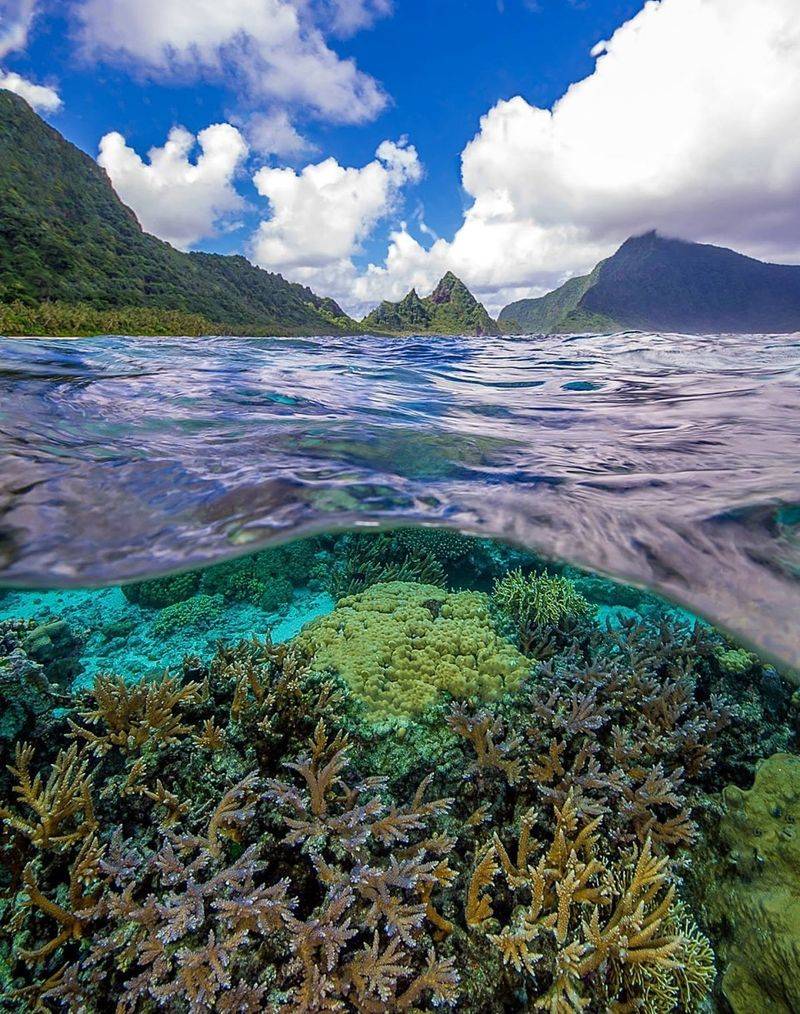
American Samoa National Park offers a vibrant blend of culture and nature. This unique park is the only U.S. national park south of the equator, showcasing Samoa’s lush landscapes and marine marvels.
Visitors can immerse themselves in Samoan culture, experiencing traditional customs and warmth of the local community. The surrounding ocean teems with life, ideal for snorkeling and diving enthusiasts.
Interestingly, the park spans across three islands, each offering diverse ecosystems. Its remoteness ensures a peaceful visit, away from throngs of tourists, where nature and culture harmoniously coexist.
14. Lassen Volcanic National Park
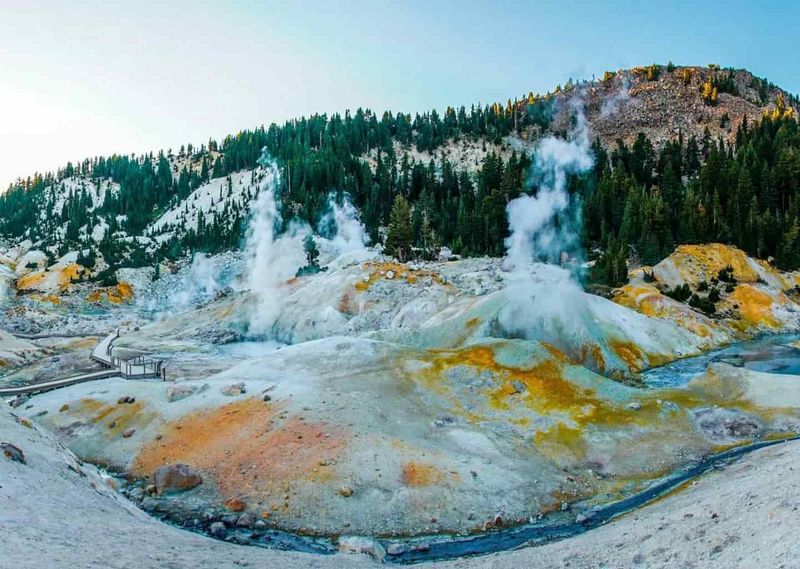
Lassen Volcanic National Park, in California, is a landscape sculpted by fire and ice. The park showcases geothermal wonders alongside serene lakes and snow-dusted mountains. It’s a paradise for geology enthusiasts and adventurous hikers.
Visitors can explore steaming fumaroles and boiling mud pots that hint at the earth’s fiery core. Hiking trails weave through diverse terrains, offering vistas of volcanic peaks.
Did you know? Lassen Peak is one of the largest plug dome volcanoes in the world. The park’s unique geology provides a captivating contrast to bustling urban life, making it a serene getaway.
15. Channel Islands National Park
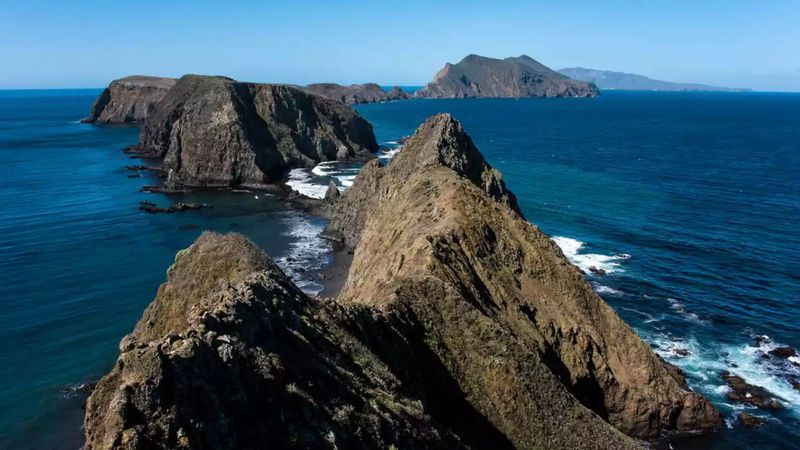
Channel Islands National Park, off California’s coast, is an archipelago of isolated beauty. The park’s islands boast unique wildlife, from tiny island foxes to dramatic coastal vistas. It’s a haven for those craving tranquility and nature’s wonders.
Ferries whisk visitors across azure waters, offering a glimpse of playful dolphins along the way. Each island tells its own tale, with distinct landscapes awaiting exploration.
Fun Fact: The park is sometimes called the “Galápagos of North America” due to its rich biodiversity. Visitors experience a world apart, just a short trip from the mainland.

